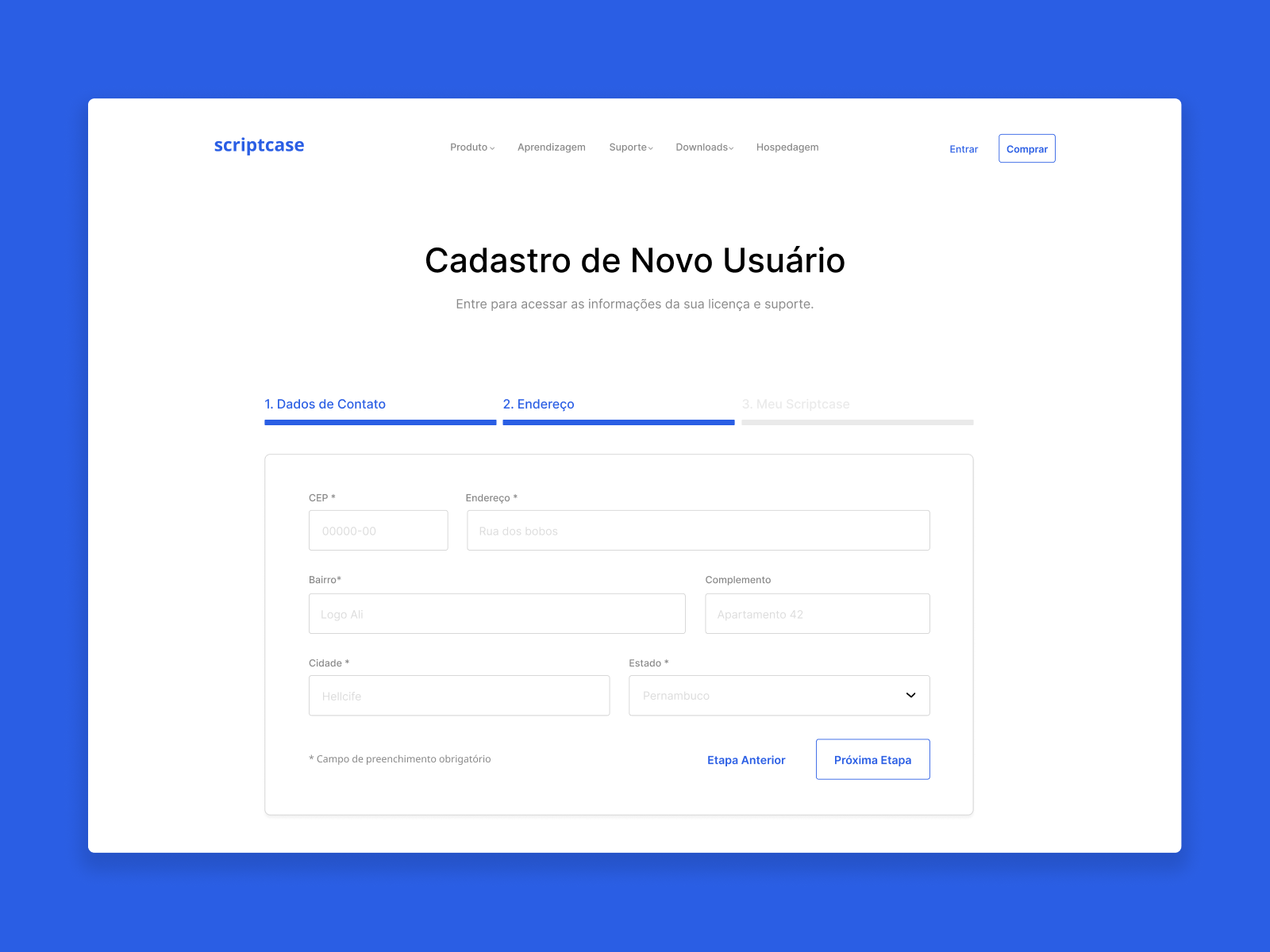

The value in this field is validated by URLValidator. If you want to store URL in the database, use this URL. In Python, it is an instance of datetime.time.

For creating a form, we can use Textarea as a default form widget for TextField. This field is used to store a large text. But, it accepts both positive and negative values including zero (0). It is similar to the PositiveSmallIntegerField as we have seen. which contains only letters, numbers, underscores, and hyphens. The range of acceptance values depends on the database you are using.

This field accepts positive values (including zero (0)) in a certain range. This field accepts positive integer values. But, it also accepts NULL along with boolean values (True and False). ( difference between IPv4 and IPv6 address) It is actually a string that is a valid IP address. This field accepts both the IPv4 or IPv6 address. It only accepts a valid image.Īs name resonates, it is an integer field. Apart from this, it also checks whether the uploaded object is a valid image or not. It is an advance version of FileUpload and inherits all attributes and methods from FileField. It is a floating-point number represented in Python by a float instance. It throws an error if you try to store an invalid email address. It checks and stores only is a valid email address string. This field is used for storing periods of time (time span between two timestamps). You can save a fixed-precision decimal number, represented in Python. It is used for date and time, represented in Python. You can limit the number of characters.īasically it is datetime.date instance. It is used to store the set of characters (string). It is a boolean field to store true or false.īy default, the checkbox form widget can be used. It is used to store binary data (zeros and ones). It is similar to the IntegerField except that it is can store more values (up to 64-bit). This is also an automatically incremented field with a higher range of values. It can store values up to a 64-bit integer. It is an IntegerField that automatically increments for each entry. Most of these field types are self-descriptive. There are different model field types you can use in the Django models. Understanding Different Model Field Types In the above example, we have created two model data fields – CharField() and IntegerField(). One-by-on you can define the form data/field with their data types.Create a new form (says MyForm) that is inherited from the models.Model class.

In the first line of the code, we are importing models.Fullname = models.CharField(max_length=200)


 0 kommentar(er)
0 kommentar(er)
